Given that this was the last year that ARVO was going to be held in South Florida for the foreseeable future, we (Drew, Alex and I) decided to make a trip down to visit Ft. Jefferson again, but this time camp out. I wrote about Ft. Jefferson in last years entry on our visit to the Dry Tortugas. Unfortunately, Felix and Scott were unable to make it, but they both had very good reasons for missing the trip. Felix is a new dad and Scott was planning his PhD public defense the week after ARVO. Their presence was missed along with Robert who would have loved the birding, but was busy with a new homestead.
We again boarded the Yankee Freedom II in Key West for the ride out to the Dry Tortugas. The ~70 mile trip out was pleasant enough, though a bit rougher than last year due to a couple of weeks of storms hitting South Florida. All things considered though, the sea was smooth as can be compared to one of the days spent in a fishing boat off Canada a couple years ago.
If you don’t have your own boat or plane, you can also get out to the Dry Tortugas by chartered seaplane, but not if you plan on camping. However, you can rent/charter boats out of Key West and moor just off the island in a protected harbor of sorts.
If you are camping, then you have to bring your own plane/boat or hitch a ride on the aforementioned Yankee Freedom II. Getting out here is inconvenient and not an inexpensive proposition which results in this National Park receiving some of the fewest visitors of all Parks.
The Fort itself was originally thought to be a good location for a naval station to help combat piracy in the Caribbean as well as serve to support the Monroe Doctrine as a outpost to foil potential European rivals. Construction began in 1846 on the small coral reef with safe harbor for line ships and was occupied by as many as 2,000 Union soldiers at its peak use in the mid 1800’s. I can’t possibly imagine how unpleasant life could have been at the fort then as there were some substantial design issues with disposal of waste for instance. Yellow fever outbreaks were not uncommon, food was decidedly not good eats by the time it made the journey from Union controlled territory to the fort, and the culinary water was often brackish. It was ultimately abandoned in 1875 .
Interestingly, Ft. Jefferson was the last place the USS Maine re-coaled before heading down to Havana before it exploded, catalyzing the US entry into the Spanish-American War.
The fort itself is an impressive presence with arcade after arcade built from an amazing number of bricks. Building the fort today out of more than the 16 million bricks used in its construction would be impressive given its remoteness, but its stunning to think that it was assembled in the 1800s and served as the Army Corps of Engineers first construction project that was built below sea level.
The brickwork in the fort is really impressive with some areas that have very high quality masonry. Alex looked up at one point and noted the name JnoNolan or J.N.O. Nolan who was an Irish master bricklayer that oversaw much of the masonry on the fort. The 16 million bricks resulted in a 45 foot tall, 3 tiered structure with 6 sides of 8 foot thick walls. A park historian was relating that these yellow colored bricks came from Pensacola, Florida while the red ones came all the way from Maine during the Civil War. Other building supplies came from Louisiana, Pennsylvania and New York.
The 200 lb 8-inch Parrott rifle, named after Robert P. Parrott was one of the first successful muzzle loading cannons with a rifled barrel, thus the rifle name. Ft. Jefferson at one time had 15 Parrott rifles including 4 300 pound guns, 7 200 pound guns and 4 30 pound guns. The 8 inch rifle could launch a 175 lb projectile over 2,000 yards.
The cannons were loaded with shot and powder stored in a variety of places around the fort. However, the principal powder storage location was the arched roof building shown above. Holding enough powder for 430 cannons around the fort and keeping it dry in the sea air must have been somewhat challenging.
The fort is actually a pretty fascinating place to visit and with over 2000 arches in the fort, there is always some history around a corner to explore including a sketchy looking custom built vessel brought to Ft. Jefferson by Cuban immigrants seeking to escape from their country. It turns out that the United States has a policy that allows any Cuban refugees who set foot on US soil are allowed admission into the United States. This makes the Dry Tortugas a prime location for refugees or smugglers who traffic in Cuban refugees to try and make landfall.
Years of exposure to salt water, weather have exacted their toll on the fort, but efforts by the Department of the Interior are being made to stabilize and restore aspects of the fort as a cultural destination in the Park.
There is also an abundance of life on the Dry Tortugas despite no sources of fresh water. The islands are a birders paradise with upwards of 100 species present including black-throated blue warblers, American redstarts, great blue herons, common yellowthroats, palm warblers, black-throated green warblers, laughing gulls, brown noddys, magnificent frigatebirds, cattle egrets and many more species as well as hermit crabs, conch and a tremendous variety of sea life.
Of course one would be crazy to not try and get in the water while you are there. The water is Caribbean warm and the diversity of sea life around the fort is amazing. Unfortunately, the water was a bit turbid after two weeks of storms, but it was good nonetheless.
Above three images courtesy of Drew Ferrell.
We set up our tents in the designated camping area and made dinner that night, hotdogs with fried onions thanks to a suggestion from Drew which were eaten seaside and just the ticket for a long day of exploring and snorkeling around the fort. More pictures of Ft. Jefferson to come…
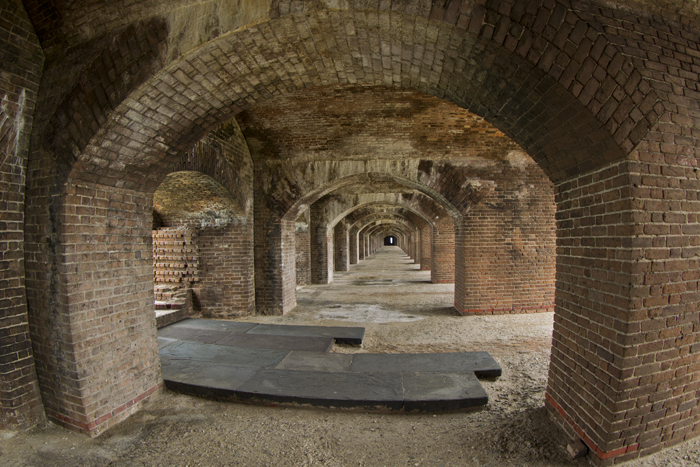

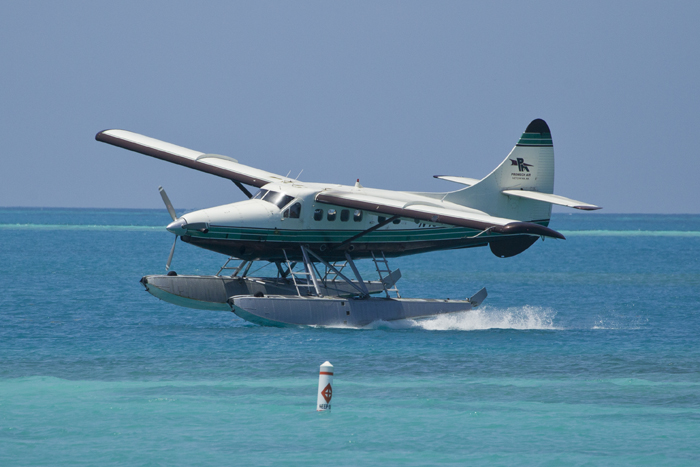
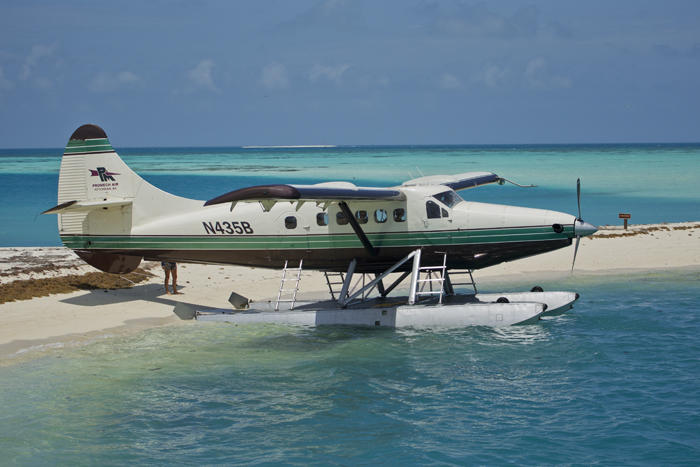
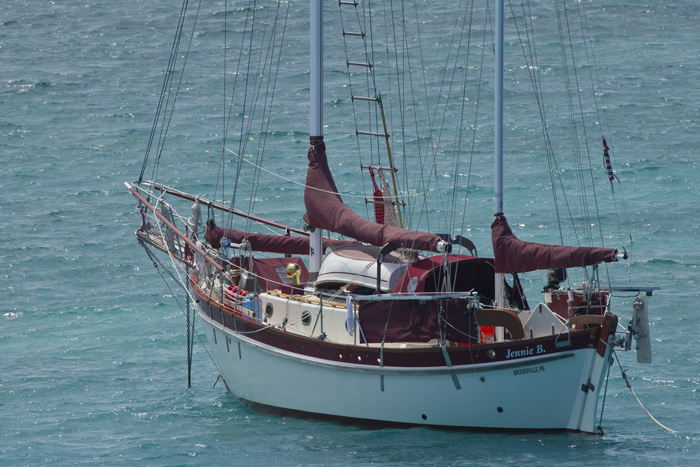
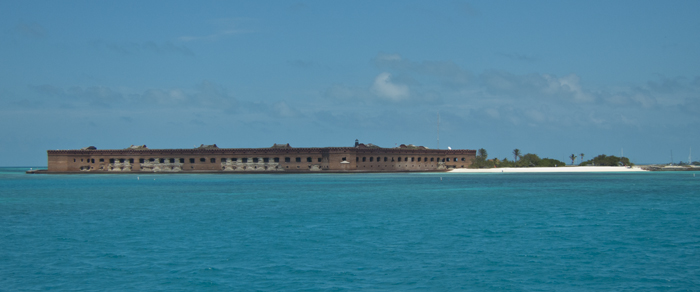
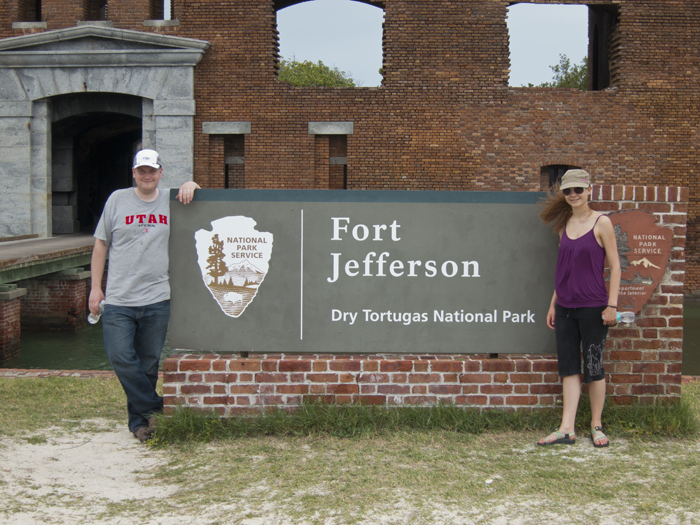

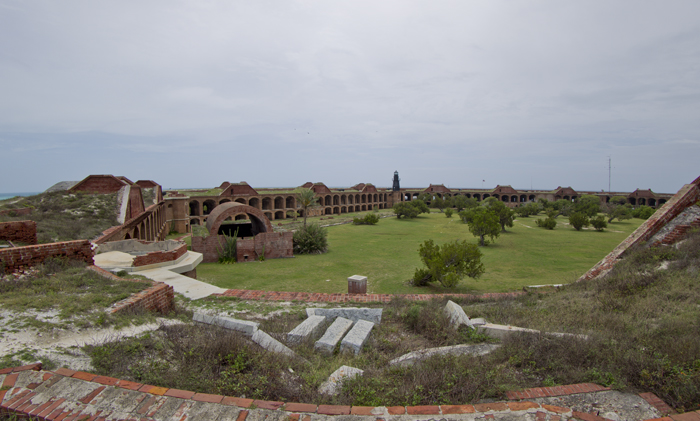
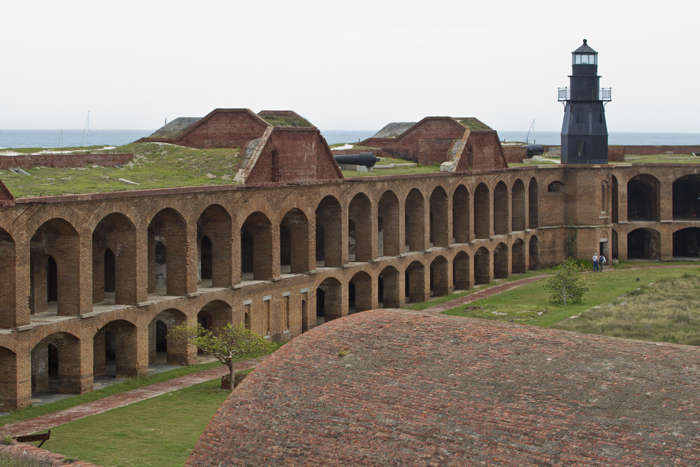
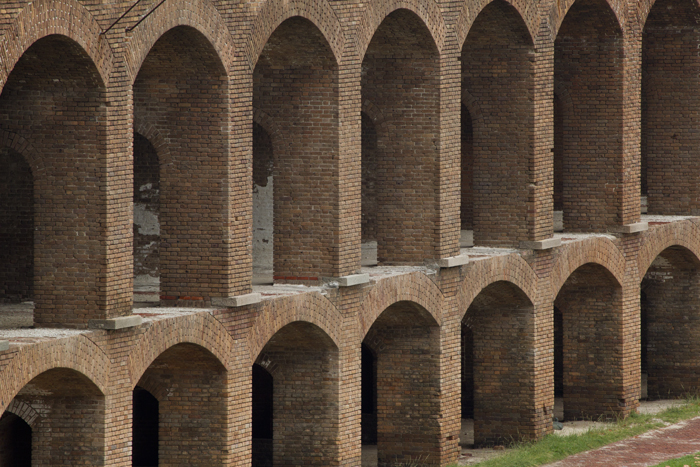
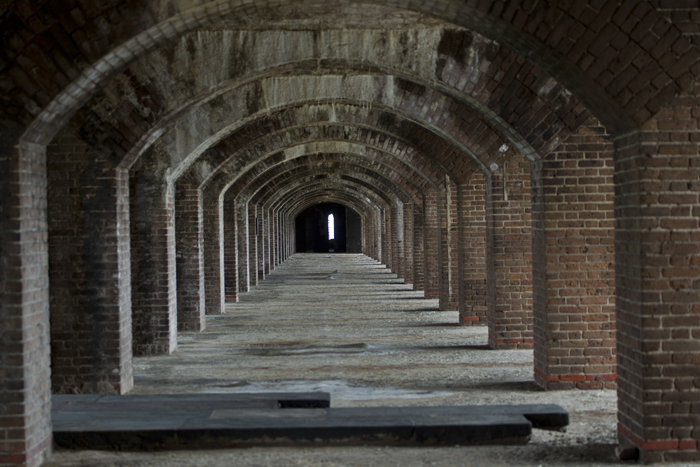
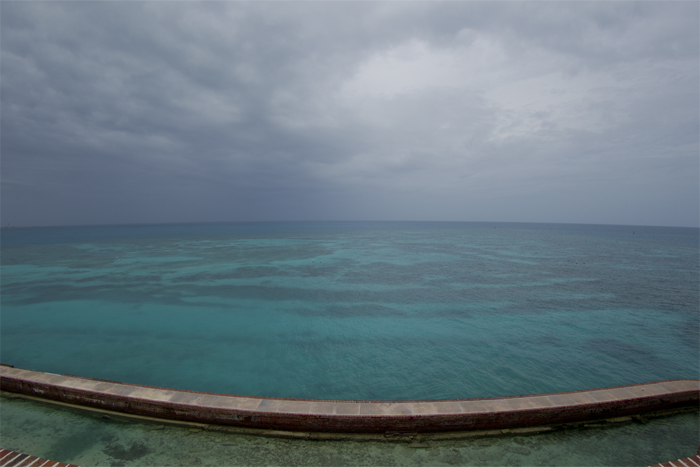
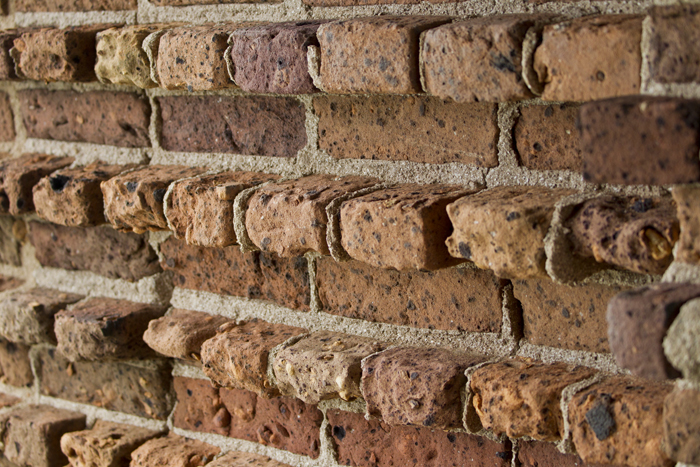

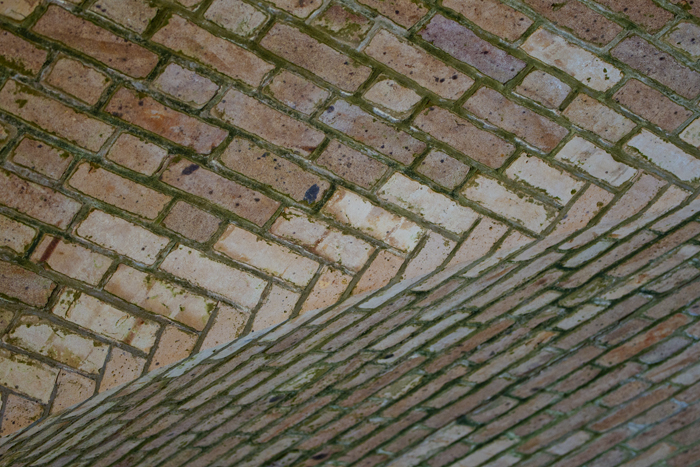
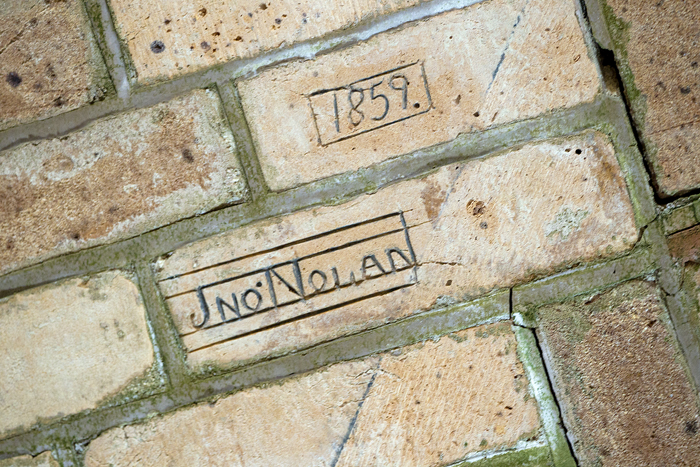

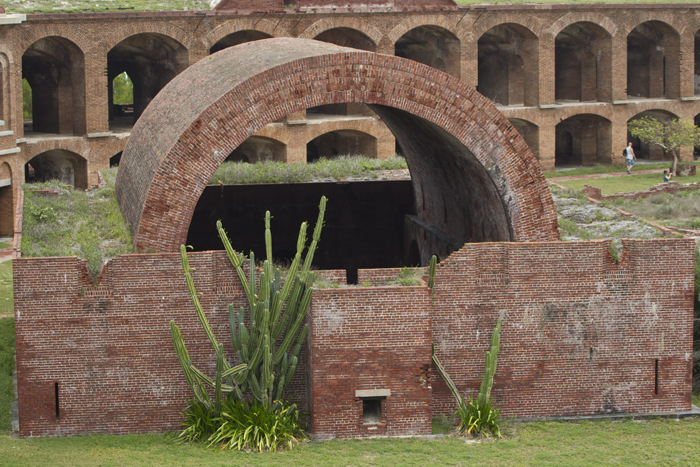
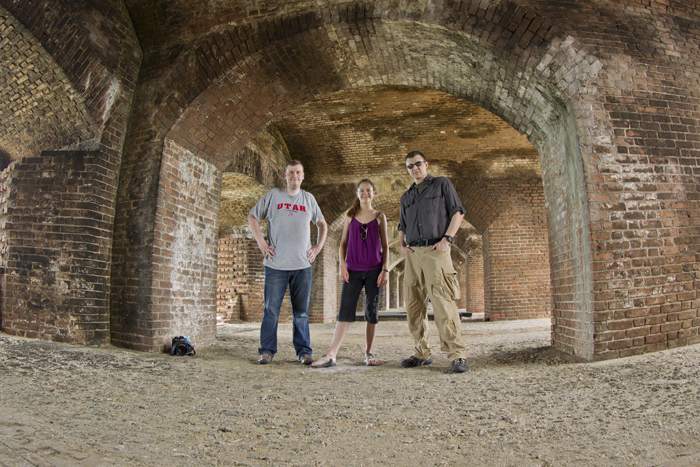
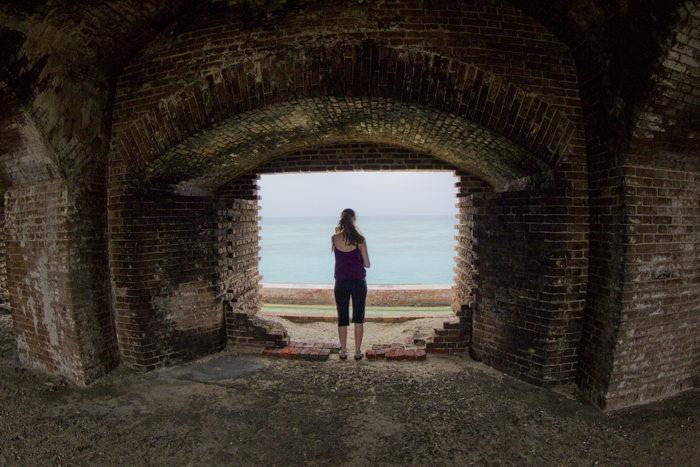
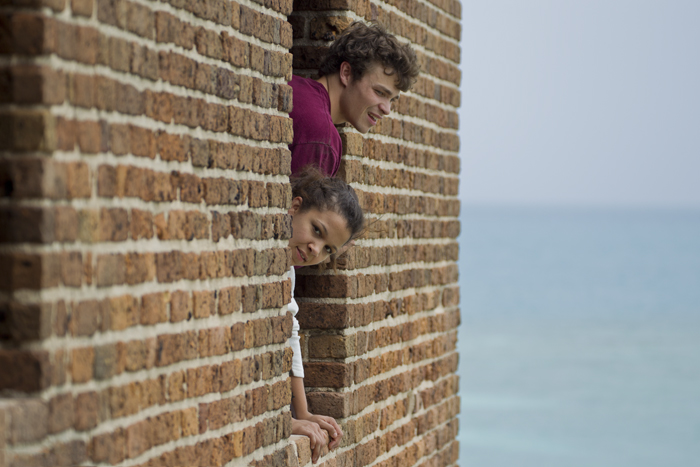

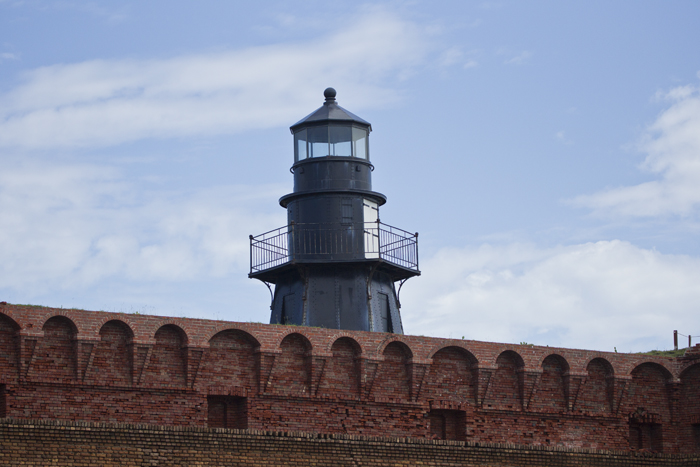

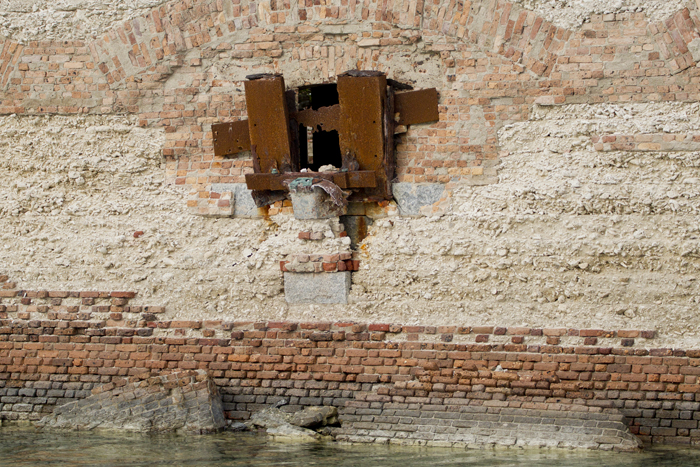
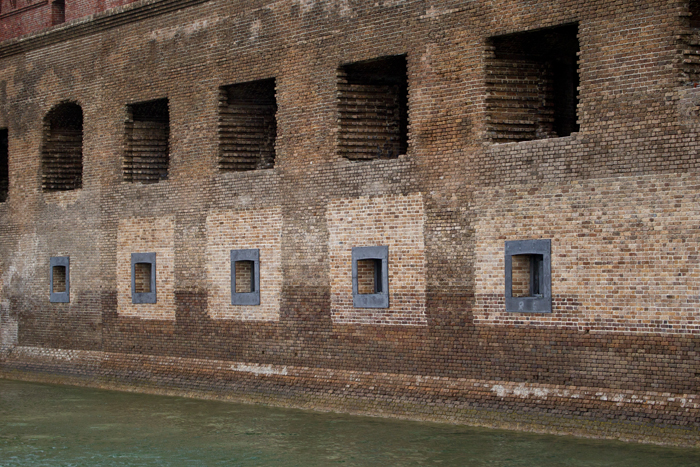

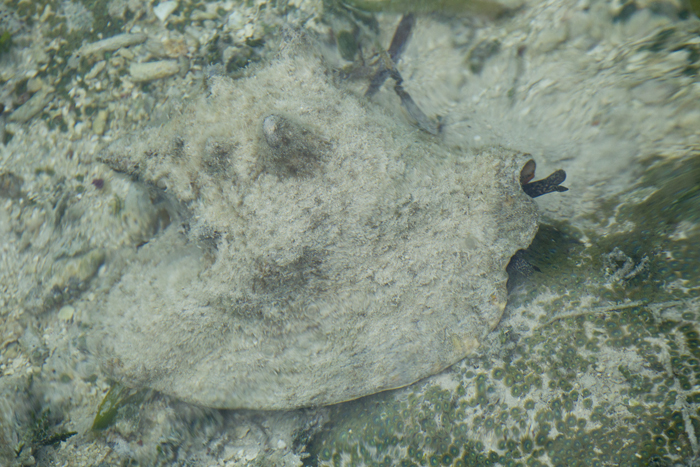
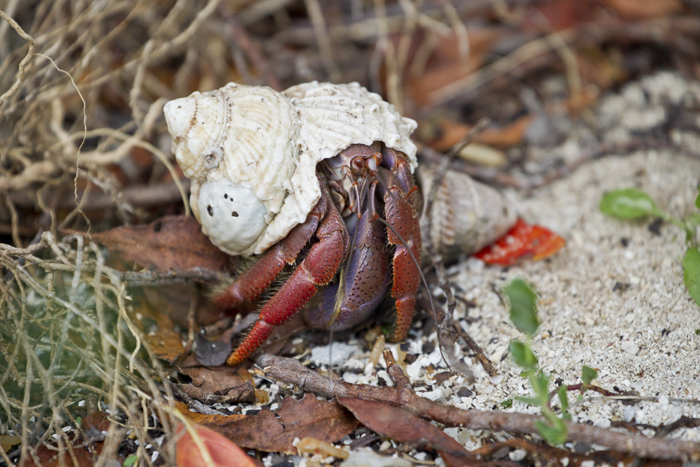
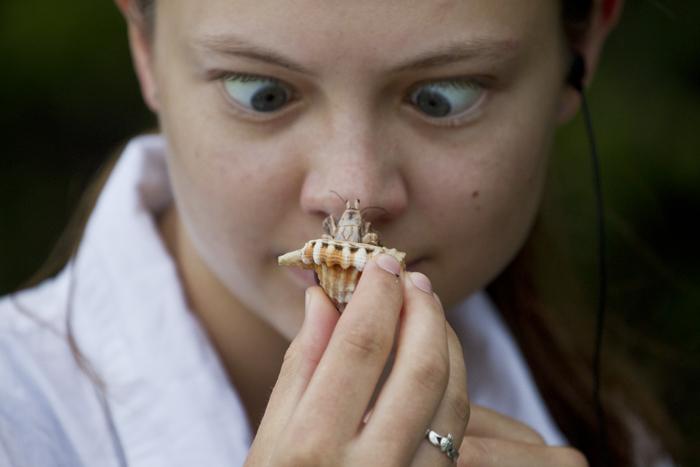
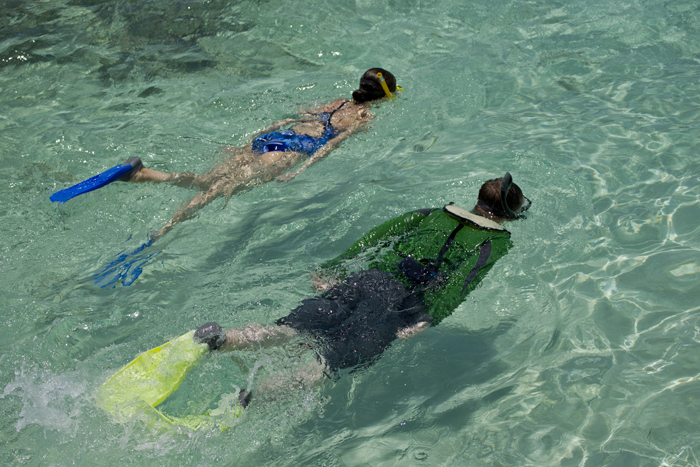

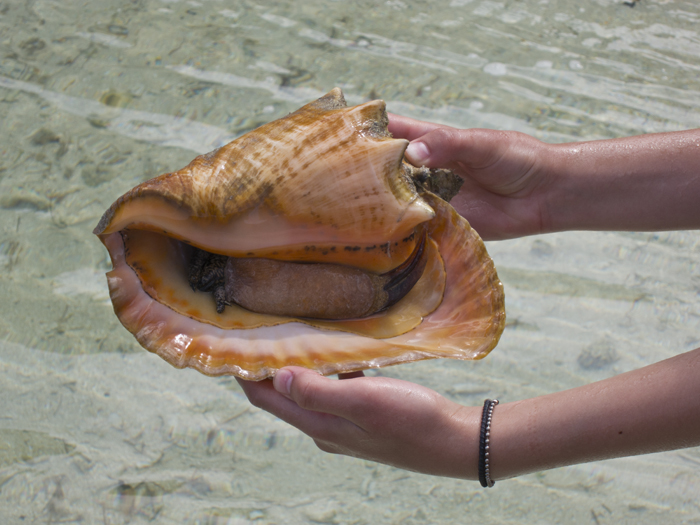
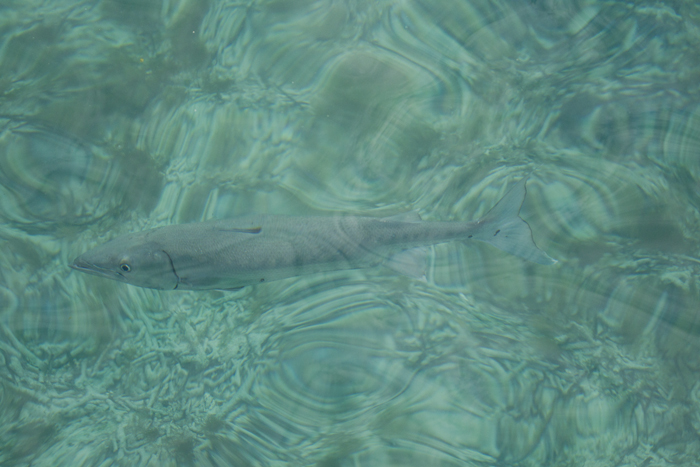
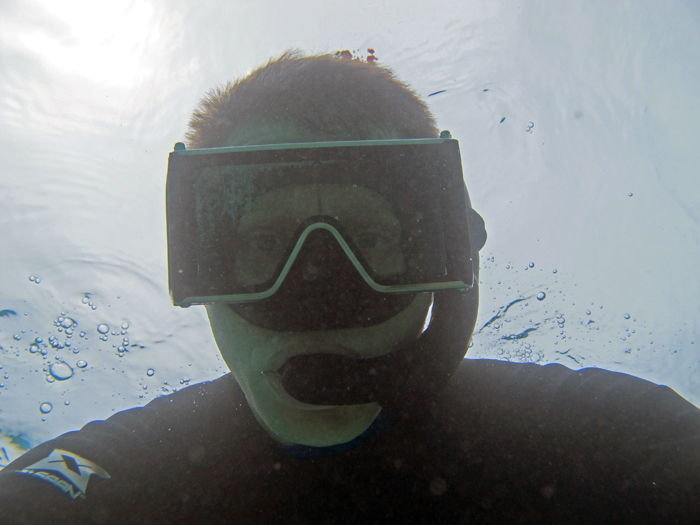

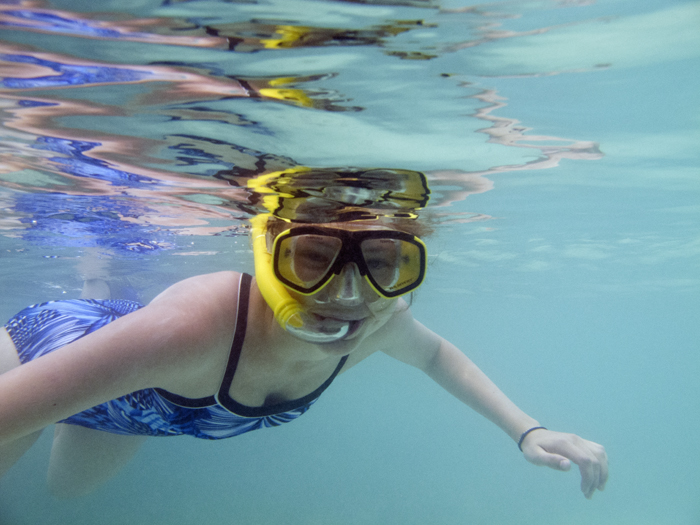

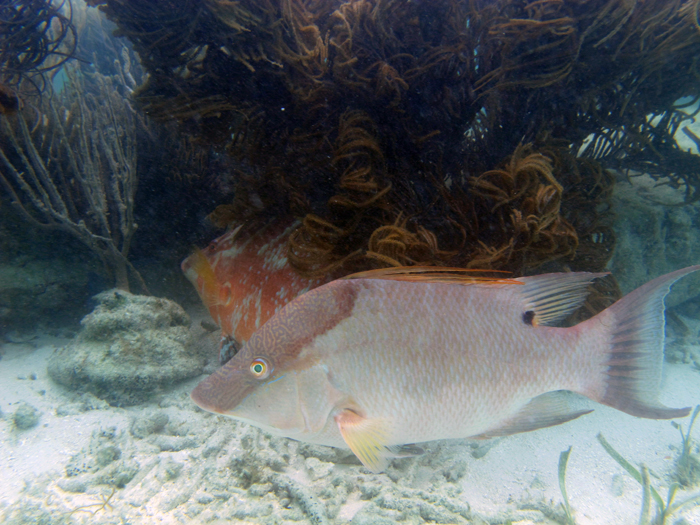

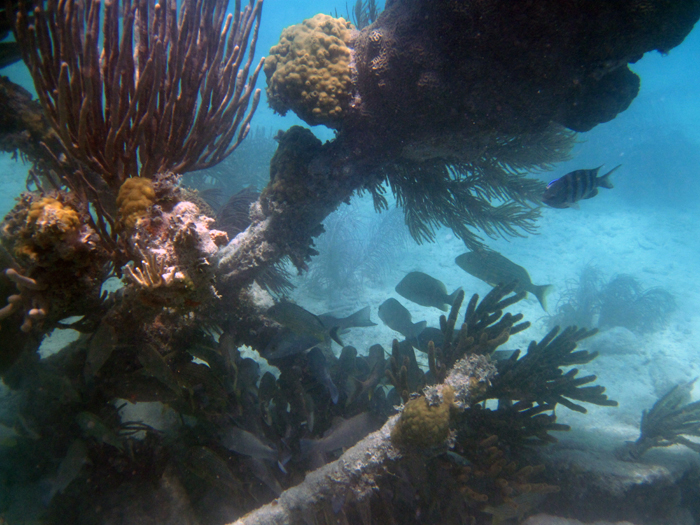
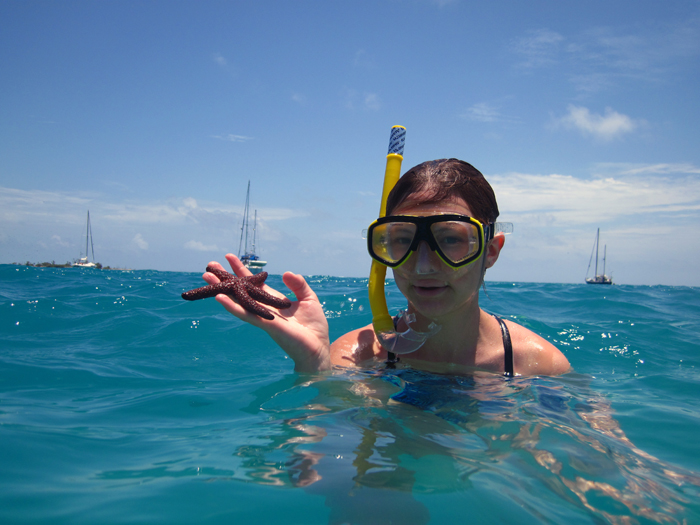
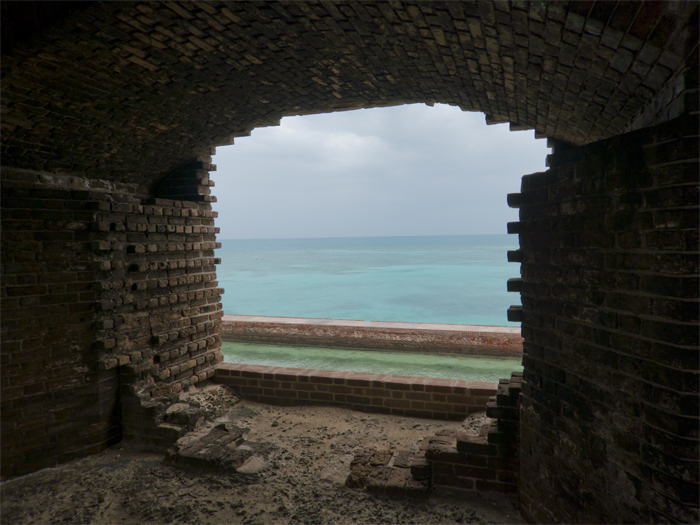


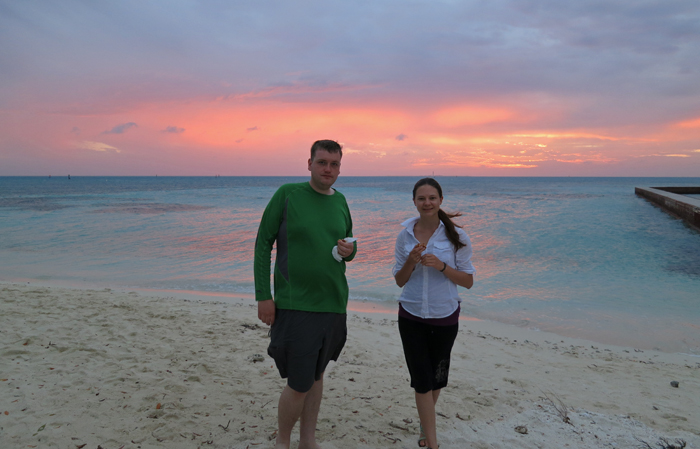
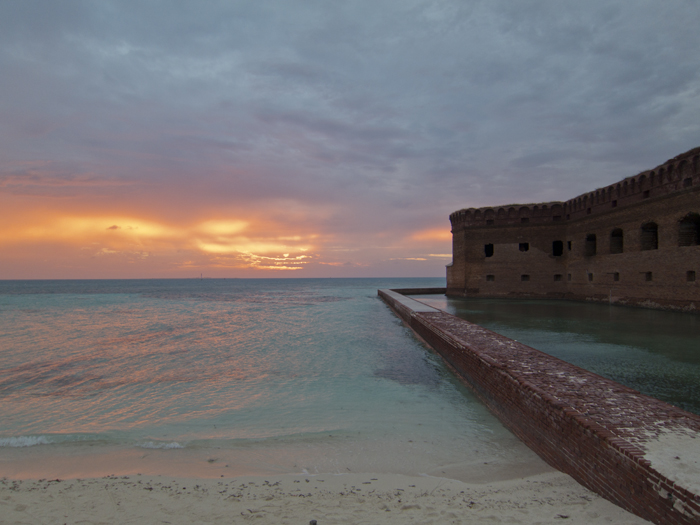

So jealous right now. And how many times have you gone?
Sorry man… Yeah, so I’ve been fortunate enough to go twice now with this last time probably the last I’ll ever get a chance to see the place again.
Bryan, as always, gorgeous pictures! That masonry looks amazing. Love the arched roof of the powder storage…. and how massive it is!! The overcast sky gives this place a melancholic atmosphere…. almost a little spooky. But very, very fascinating place. It reminds me of Ford Point at the Presidio, but this one here is huge!! 8-foot thick walls? Wow. The two sunset picts are just perfect…. Another place I have to add to my wish list of places to see…. thanks for sharing!!
Thanks Dino! If you’ve got photos of the Presidio, I’d love to see them. Believe it or not, all of the time I spent in the Bay Area, I’ve never actually gone into the Presidio.